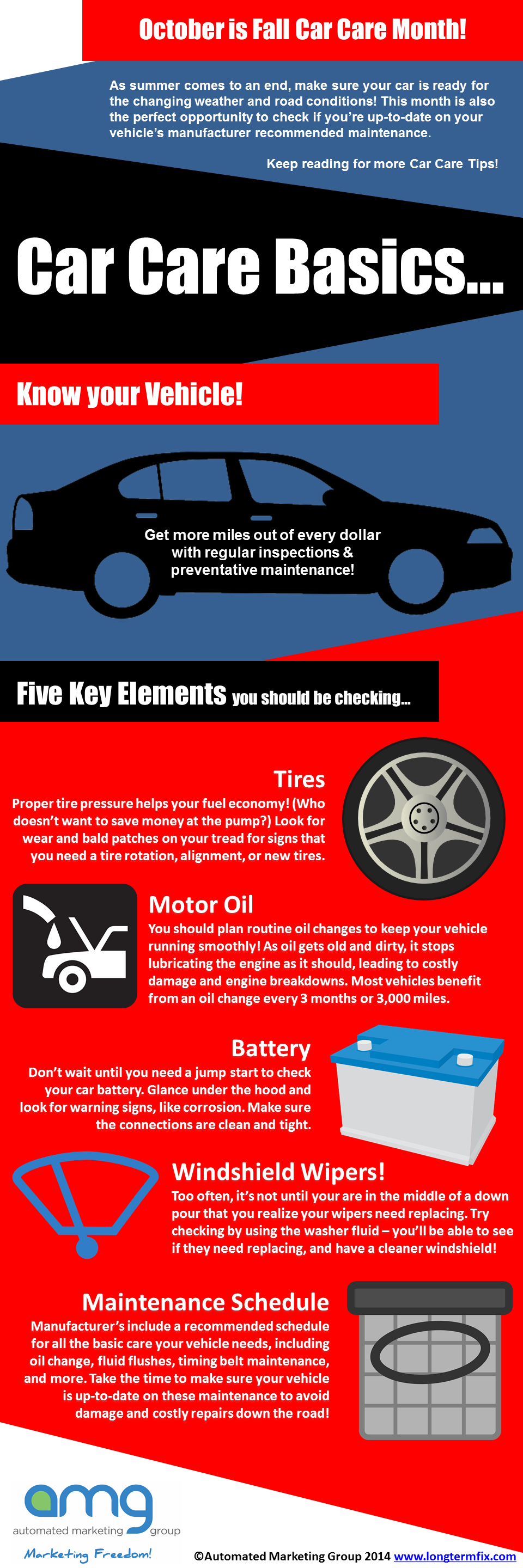Deciphering The True Definition Behind Your Auto'S Caution Lighting
Deciphering The True Definition Behind Your Auto'S Caution Lighting
Blog Article
Written By-Wilkinson Heath
When you lag the wheel, those beautiful warning lights on your control panel can be a little bit difficult. Do you understand what they're trying to tell you regarding your automobile's health? Comprehending visit here of these lights is essential for your safety and the long life of your vehicle. So, the next time one of those lights pops up, would not you want to analyze its message properly and take the essential actions to address it?
Common Warning Lighting and Interpretations
Determine typical caution lights in your car and understand their significances to ensure secure driving.
The most common warning lights consist of the check engine light, which indicates issues with the engine or exhausts system. If this light comes on, it's crucial to have your vehicle inspected quickly.
The oil stress warning light suggests reduced oil stress, calling for prompt interest to avoid engine damages.
A blinking battery light could recommend a malfunctioning billing system, possibly leaving you stranded if not addressed.
The tire stress surveillance system (TPMS) light notifies you to low tire stress, influencing automobile stability and fuel performance. Disregarding this can lead to harmful driving problems.
The abdominal light suggests a problem with the anti-lock braking system, compromising your ability to quit swiftly in emergencies.
Lastly, the coolant temperature level alerting light warns of engine getting too hot, which can lead to severe damages if not dealt with swiftly.
Comprehending these usual warning lights will help you address concerns without delay and keep risk-free driving problems.
Significance of Prompt Focus
Comprehending the typical warning lights in your car is only the primary step; the importance of quickly addressing these cautions can't be stressed enough to ensure your security on the road.
When a warning light illuminates on your control panel, it's your car's way of interacting a potential concern that requires attention. Overlooking these cautions can result in more severe issues in the future, endangering your safety and potentially costing you a lot more out of commission.
Prompt interest to warning lights can stop breakdowns and accidents. For example, a flashing check engine light can show a misfire that, if left ignored, might cause damage to the catalytic converter. Addressing this immediately can conserve you from an expensive repair.
Likewise, a brake system advising light could signal low brake liquid or worn brake pads, important elements for your safety when driving.
Do It Yourself Troubleshooting Tips
If you see a warning light on your dashboard, there are a couple of DIY repairing pointers you can try prior to looking for expert help.
The first step is to consult your auto's handbook to understand what the details warning light suggests. Occasionally the problem can be as simple as a loosened gas cap setting off the check engine light. Tightening up the gas cap may fix the issue.
One more typical concern is a reduced battery, which can set off various warning lights. Examining auto repair financing for corrosion and ensuring they're safe may repair the problem.
If a caution light continues, you can attempt resetting it by separating the vehicle's battery for a few minutes and then reconnecting it. Furthermore, examining your lorry's liquid degrees, such as oil, coolant, and brake fluid, can help troubleshoot warning lights connected to these systems.
Final thought
In conclusion, comprehending your cars and truck's caution lights is important for keeping your car running efficiently and securely. By promptly addressing these alerts and understanding what they suggest, you can stay clear of costly repair services and prospective breakdowns.
Remember to consult your automobile's guidebook for certain information on each advising light and take action accordingly to ensure a hassle-free driving experience.
Remain informed, remain safe on the road!
